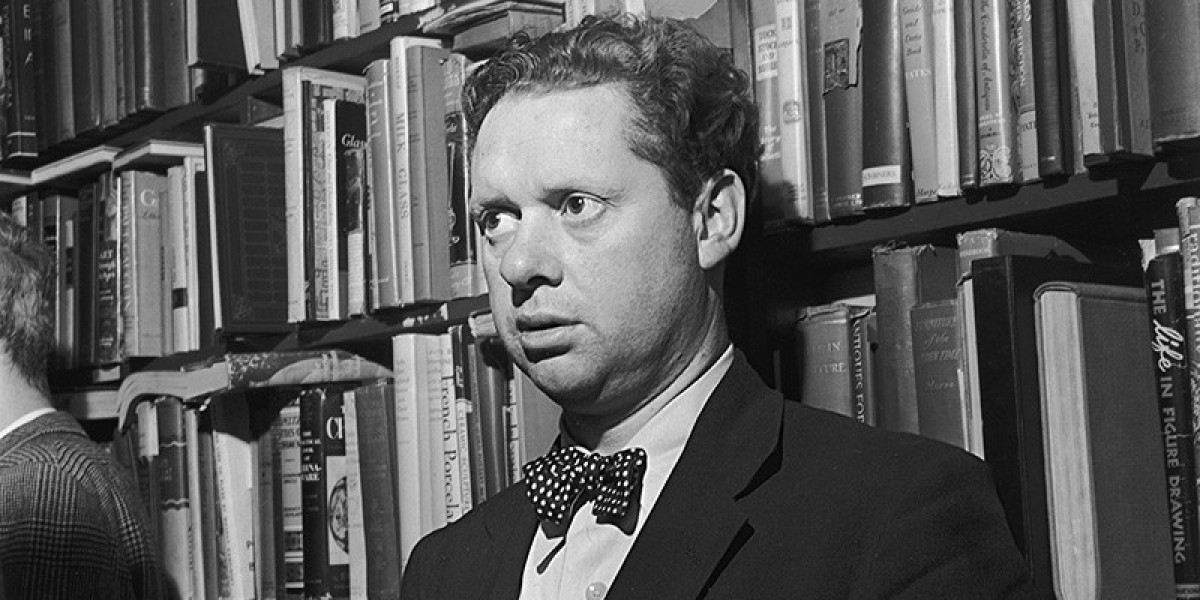Dylan Thomas is widely recognized as one of the most distinctive voices in twentieth-century poetry. Born in Wales in 1914, Thomas cultivated a style that combined rich imagery, musicality, and a deep connection to the spoken word. His work demonstrates a strong influence from oral tradition, both in its rhythm and its themes. Oral tradition refers to the passing of stories, poetry, and wisdom through speech rather than writing. For Thomas, this tradition was central to his creative vision. It shaped the way he constructed lines, conveyed emotion, and connected with his audience. Exploring the role of oral tradition in his poetry reveals why his work continues to resonate so powerfully today.
Understanding Oral Tradition
Defining Oral Tradition
Oral tradition is the practice of transmitting cultural knowledge by word of mouth. It predates written literature and remains a crucial part of many societies. In poetry, oral tradition emphasizes memory, repetition, and musicality. Stories and poems are shaped to be spoken aloud, often with rhythm and melody that make them memorable. This method creates a direct connection between poet and audience. Dylan Thomas adopted these techniques, blending them with his own imaginative and symbolic style.
Historical Context
Wales has a strong oral heritage. Before widespread literacy, poets known as bards performed in villages and courts. They recited poetry with musical accompaniment, preserving local history, myths, and cultural values. This tradition left a mark on Dylan Thomas. He grew up hearing stories and songs in the Welsh language. Even though he wrote primarily in English, the rhythms and cadences of oral performance informed his work. His poetry often mirrors the patterns of speech, making it suitable for recitation and performance.
Dylan Thomas and the Musicality of Speech
Sound and Rhythm
One of the most noticeable features of Dylan Thomas’s poetry is its musical quality. His lines often flow like song, with careful attention to stress, alliteration, and assonance. In poems such as Do Not Go Gentle into That Good Night, the rhythm heightens the emotional impact. Each word is chosen not only for meaning but also for sound. This attention to oral qualities reflects the influence of oral tradition. Thomas understood that poetry spoken aloud can affect listeners in ways that silent reading cannot.
Repetition and Emphasis
Repetition is another technique Thomas inherited from oral tradition. In his work, key phrases recur to reinforce meaning and create resonance. This is evident in And Death Shall Have No Dominion, where repeated motifs evoke endurance and immortality. By repeating sounds and ideas, Thomas creates a hypnotic effect. Oral performance relies on repetition to aid memory and emphasize themes, and Thomas adapts this to suit the modern poem.
Storytelling in Thomas’s Poetry
Myth and Folklore
Dylan Thomas often drew on myth, legend, and folklore in his poetry. His work incorporates universal stories of birth, death, and transformation. These stories are rooted in oral culture, passed down through generations. In Fern Hill, for example, Thomas recalls childhood and the passage of time with vivid imagery. The poem captures both personal memory and a collective sense of human experience. Oral tradition allows him to link the individual voice to a shared cultural heritage.
Narrative Structure
Thomas’s poems frequently employ a narrative structure reminiscent of storytelling. He uses lines that build tension, introduce characters, and develop themes, much like a bard recounting a tale. His poem Poem in October presents the rhythm of a journey through memory and place. The narrative unfolds with musicality and repetition, echoing the oral storytelling techniques that informed his upbringing. By blending narrative and lyrical modes, Thomas bridges the gap between spoken and written poetry.
Performance and Public Readings
The Power of Recitation
Dylan Thomas was famous for his public readings. He believed that poetry was meant to be heard as well as read. His readings were theatrical, emphasizing the sounds and rhythms of language. Audiences were captivated by his voice, which could convey both intimacy and intensity. Oral tradition shaped this approach, giving Thomas the tools to communicate directly with listeners. His poetry lives not only on the page but also in performance.
Connection with the Audience
Thomas’s emphasis on oral performance deepened the emotional impact of his work. In reading his poetry aloud, he invited listeners into his imaginative world. The musical qualities, narrative structures, and repeated motifs engage the audience on multiple levels. Oral tradition, in this sense, becomes a bridge between poet and public. It allows listeners to experience poetry as a shared, communal event rather than a solitary exercise.
Symbolism and Oral Influence
The Lyric Voice
The lyric voice in Dylan Thomas’s poetry often carries the echo of oral tradition. He blends imagery, emotion, and musicality to create a voice that feels alive when spoken. Words are chosen for resonance and texture, not just meaning. In poems like The Force That Through the Green Fuse Drives the Flower, the lyrical quality mirrors oral storytelling. The poet’s voice moves fluidly between narrative and meditation, creating layers of meaning that reward listening.
Memory and Cultural Continuity
Oral tradition emphasizes memory and cultural continuity. Thomas’s poetry often evokes childhood, landscapes, and communal life. These recollections preserve not only personal memory but also cultural memory. By using techniques of oral transmission, he situates his poetry within a lineage of human experience. In this way, Dylan Thomas’s work functions as both art and cultural record.
Legacy of Oral Tradition in Dylan Thomas
Influence on Modern Poetry
Dylan Thomas’s use of oral tradition has influenced generations of poets. His blending of sound, rhythm, and narrative demonstrates how spoken techniques can enrich written work. Modern poets continue to draw inspiration from his ability to balance performance and text, lyricism and storytelling.
Enduring Appeal
The enduring appeal of Dylan Thomas’s poetry is largely due to its oral qualities. Readers and audiences alike are drawn to the musicality, the repetition, and the storytelling. Oral tradition allows his poetry to transcend the page, making it a living art form. This connection between spoken word and written word is a hallmark of his genius.
Conclusion
The power of oral tradition in the poetry of Dylan Thomas cannot be overstated. His work reflects the rhythms, repetitions, and narrative techniques of a rich cultural heritage. He transforms these elements into poetry that is both personal and universal. Through sound, story, and performance, Thomas bridges the gap between ancient oral practices and modern literature. He demonstrates that poetry is not merely a written art but a spoken and shared experience. The influence of oral tradition in his work ensures that Dylan Thomas’s voice continues to resonate, reminding audiences of the enduring power of the human voice and the stories it carries.







